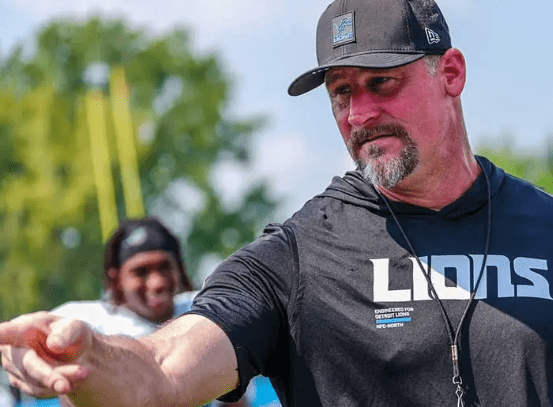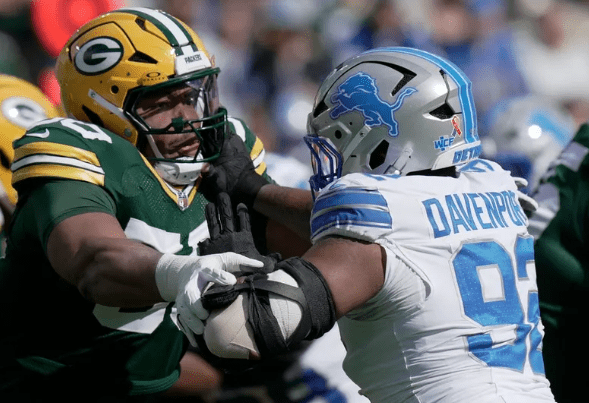Detroit basketball fans know better than most that big numbers on paper don’t always translate into wins on the floor. That’s why the upcoming Jalen Duren extension is less about how many zeros the Pistons write on the check and more about how they structure the deal. In the Motor City, it’s not just about horsepower—it’s about how you build the engine.
Duren is only 21, but he’s already looking like one of the most important big men in Detroit’s future. The question isn’t if the Pistons should extend him—it’s how. And the truth is, the structure of his contract could shape the team’s financial flexibility for years.
Why Jalen Duren Extension Is a Safe Bet
Jalen Duren has quickly developed into a reliable double-double presence. Despite still refining parts of his game, his rebounding, physicality, and interior scoring give Detroit a foundation in the paint. For a team that hasn’t had a steady big since the days of Andre Drummond—if not further back—Duren feels like a new era.
The Pistons aren’t rolling the dice on a maybe. Duren has already shown he belongs, and his ceiling looks even higher. Extending him now rather than waiting until his price rises is a smart move. But it’s not just about locking in talent early—it’s about making sure the cap sheet stays clean when the rest of the young core comes due for their payday.
Front-Loading the Contract: Paying More Upfront for Long-Term Flexibility
The Pistons are sitting in a rare position right now. Their salary cap is one of the cleanest in the league, with only Cade Cunningham’s extension carrying significant long-term weight. That breathing room gives Detroit the chance to pay more of Duren’s money early in the contract.
Why does that matter? Because in a few years, Jaden Ivey, Ausar Thompson, and eventually Ron Holland will all be lining up for their own deals. By front-loading Duren’s extension, Detroit can keep future salary obligations more manageable when the roster is deeper and the stakes are higher.
Think of it like a Detroit car note. Pay off more of the ride early, and you’ve got room later for new upgrades. It’s the same principle here—pay more now while the books are light, so you’re not cash-strapped when everyone else’s contracts hit.
Team Options: Protecting Detroit’s Future
Another crucial piece of the extension puzzle is whether the Pistons include a team option at the back end of the deal. A team option means the franchise can decide whether to keep the player for the final season or let him walk, giving them flexibility if things go south.
That kind of safety net can prevent situations like other franchises face when they get saddled with bad money. For example, back-loaded deals or player options often leave teams handcuffed when performance doesn’t match the paycheck. Detroit has a chance to learn from those mistakes.
Including a team option in Duren’s deal would allow the Pistons to stay in control. If Duren keeps rising, they’ll gladly pick it up. If not, they won’t be stuck paying premium dollars for sub-premium production.
The Cap Picture in Detroit: Clean, but Not Forever
Right now, Detroit has one of the lightest long-term salary commitments in the NBA. But the window won’t stay wide open forever. Cade Cunningham’s extension is already locked in. Jaden Ivey is next in line, then Ausar Thompson, and finally Ron Holland.
That means the Pistons have maybe two summers of breathing room before the financial crunch sets in. Structuring Duren’s extension with front-loading and a team option allows the team to maximize this rare cap flexibility.
Detroit hasn’t been in this kind of position since the days when Joe Dumars built the 2004 championship squad. Back then, smart financial moves—balanced contracts, depth signings, and cap awareness—were just as important as the talent on the floor.
Comparing the Numbers: Total Money vs. Smart Structure
Several projections have already floated around about what Duren’s extension could look like. Some estimate a four-year deal worth about $112 million. Others think it could be five years, $125 million.
Here’s the key: whether it’s $112M or $125M, the headline number isn’t what matters. What matters is how it’s paid out and who holds the control.
| Contract Element | Projected Range | Why Structure Is Key |
|---|---|---|
| Total Value | $112M–$125M | Big number grabs headlines, but doesn’t decide long-term flexibility |
| Front-Loading | Higher early pay | Keeps books lighter in later years when more extensions hit |
| Team Option | Pistons control | Provides flexibility if performance dips |
| Cap Position | Currently clean | Won’t last—extensions for Ivey, Thompson, Holland are looming |
What Detroit Fans Should Expect in the Next Few Years after Jalen Duren extension
Detroit fans have been patient—painfully patient—through rebuild after rebuild. The promise of this young core is real, but maintaining flexibility is the only way to keep the momentum alive.
In the next three years, the Pistons will need to:
Lock up Jaden Ivey without overpaying.
Extend Ausar Thompson, who looks like an all-defense player in the making.
Make decisions on Ron Holland’s role and upside.
Stay nimble enough to chase a veteran star if the window opens.
That’s a lot of moving parts. If Duren’s deal is structured poorly, it could choke Detroit’s ability to manage the rest. If it’s structured smart, it sets the tone for a disciplined, forward-thinking front office.
Detroit Context: Building Smart, the Motor City Way
Detroit is a city that knows how to build things the right way. From the assembly lines at Ford to Motown Records, success here has always been about foundation and structure. The Pistons are no different.
A sloppy extension might look flashy in the short term, but in Detroit, people value toughness, consistency, and foresight. Locking Duren down with front-loading and a team option is exactly the kind of gritty, smart move that mirrors the city’s identity.
The Future Outlook: Where This Could Lead
If the Pistons manage Duren’s extension wisely, they’ll keep one of the most promising young cores in the league intact without trapping themselves in bad money. That opens the door to:
Adding veteran free agents when the time is right.
Maintaining flexibility to trade for a star.
Building a roster that can compete deep into the playoffs by the late 2020s.
It might not sound as exciting as a headline dollar figure, but this is how championship teams are built—brick by brick, contract by contract.













